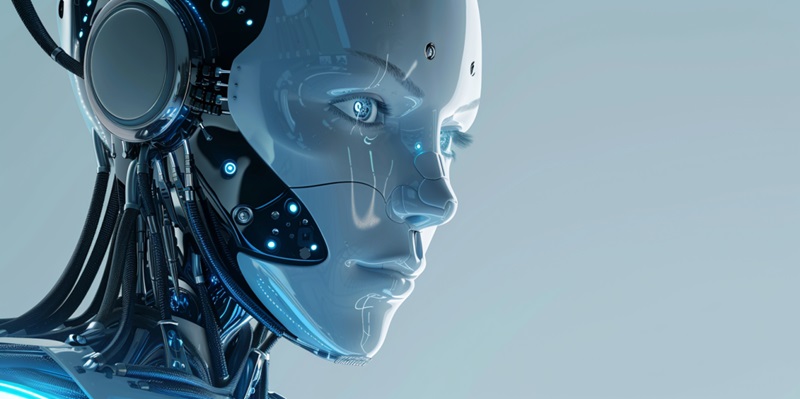ChatGPT-4’s debut has revolutionized team dynamics by merging artificial and human intellect. It has reinvented roles where human creativity was key, now capitalizing on its vast data and swift processing during collaborative sessions. Teams traditionally hindered by inherent biases and uneven knowledge can now tap into an enhanced collective intellect.
ChatGPT-4 acts as a cognitive expander, steering through intricate dialogues, injecting diverse angles, fostering innovation, and presenting unbiased insights. As a result, brainstorming undergoes a metamorphosis, transcending the usual barriers and propelling teams towards more profound, inclusive thinking and problem-solving. This convergence of AI sophistication with human collaboration heralds a new era of efficiency and creativity in team endeavours.
Ethical and Practical Considerations
Despite its profound capacities, integrating ChatGPT-4 into innovation dynamics demands a careful consideration of ethical impacts. The AI’s contribution must be balanced with human insight to ensure that creativity remains diverse and ethically grounded. Teams must tackle the intersection of AI efficiency with human creativity, maintaining a synergy that honours both technological advancement and the human spirit of innovation.
The practical implications for collaborative work are immense. ChatGPT-4’s ability to process and generate ideas at scale promises to shorten innovation cycles, enabling teams to iterate and refine concepts with unprecedented speed. However, organizations must tread wisely, ensuring that they foster an environment where AI enhances rather than overrides human contributions, and where innovation remains a distinctly human-centric process grounded by AI-assisted insights.

